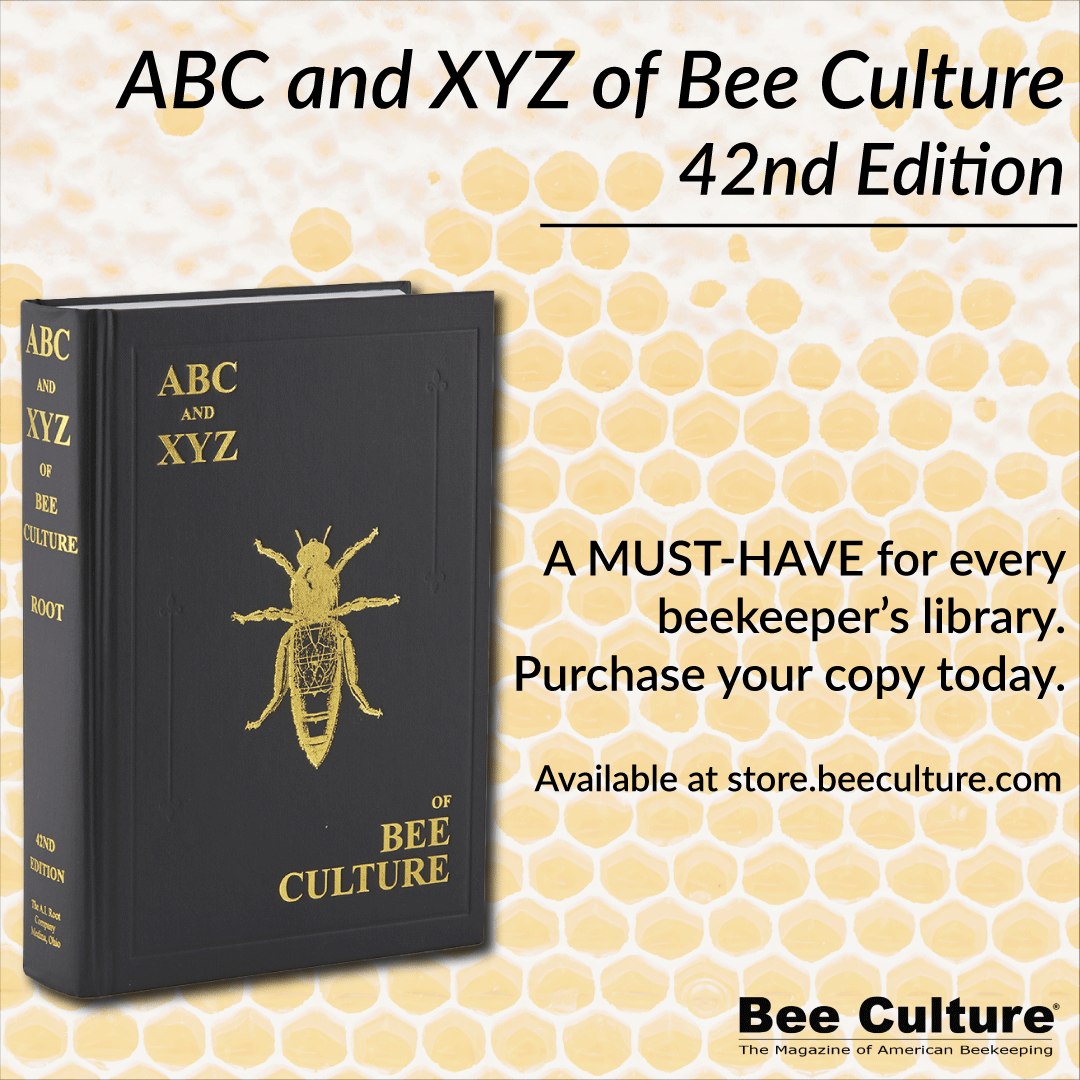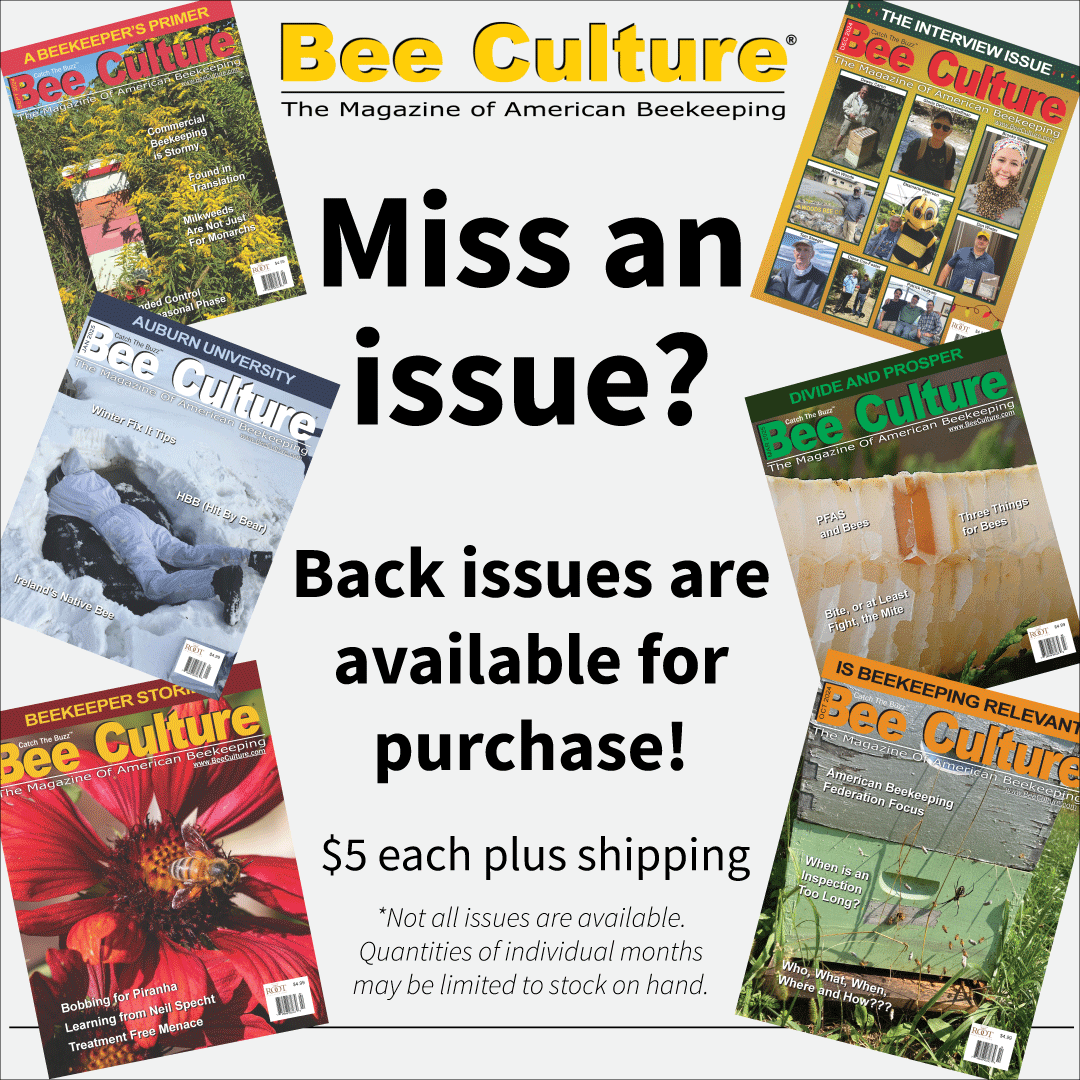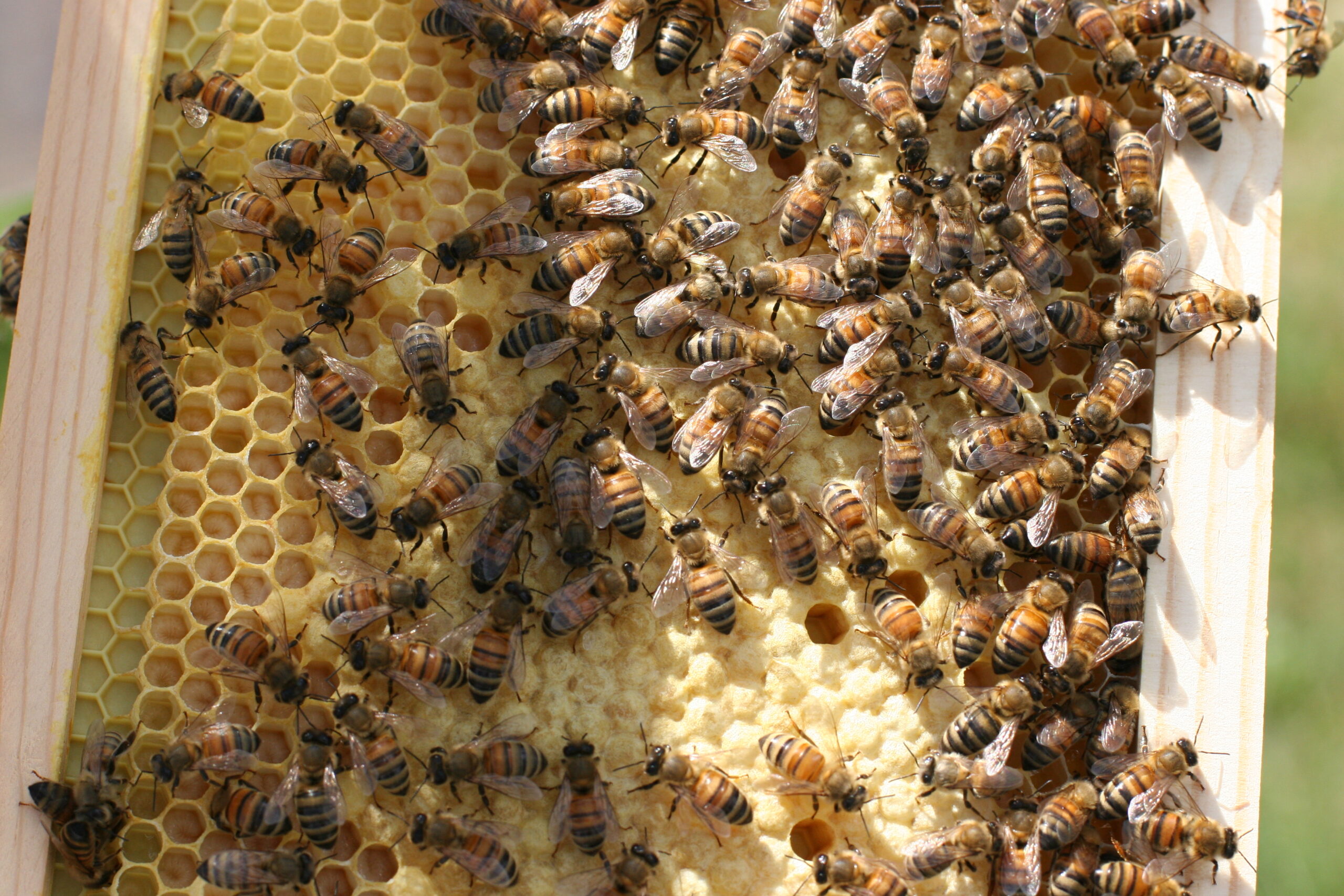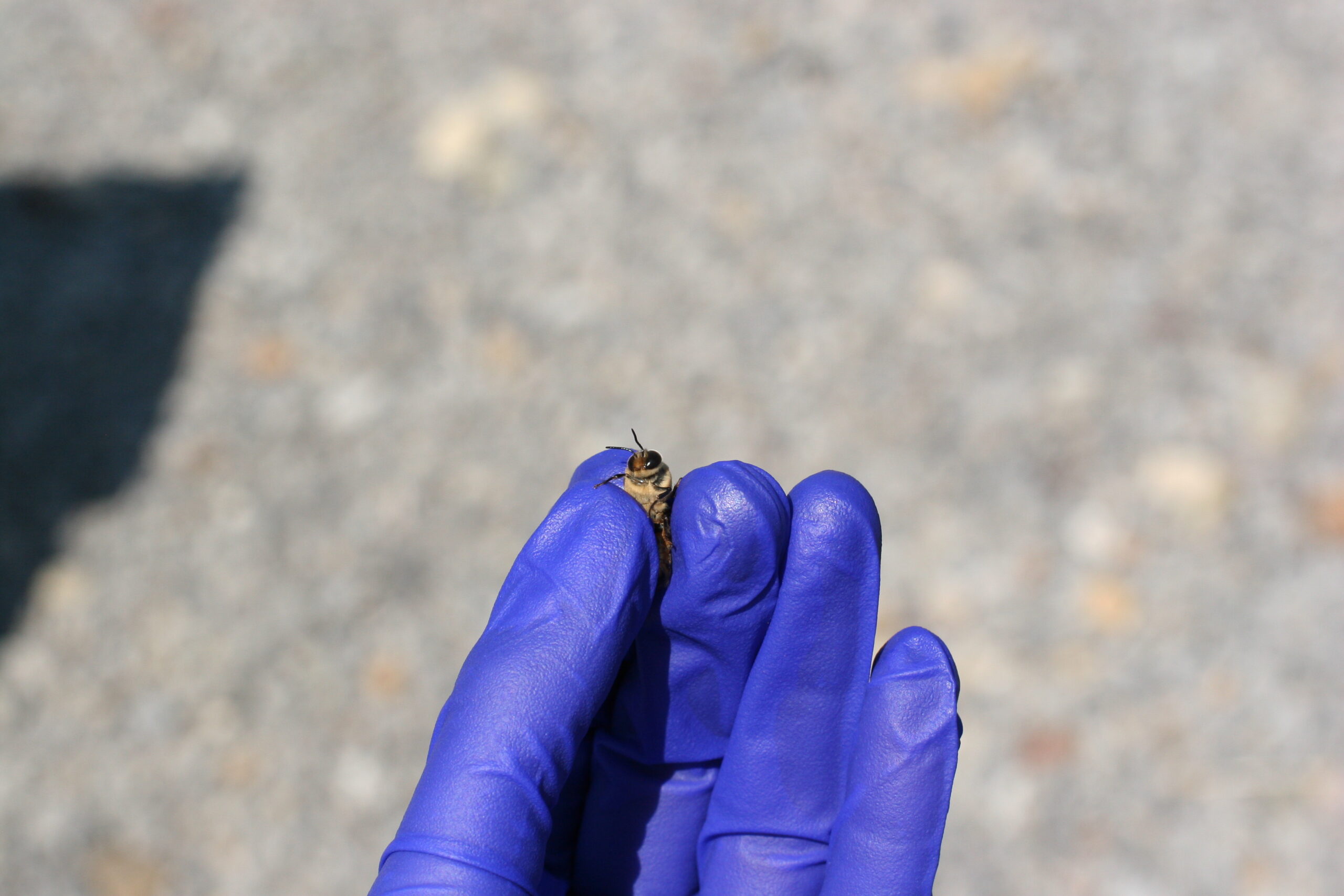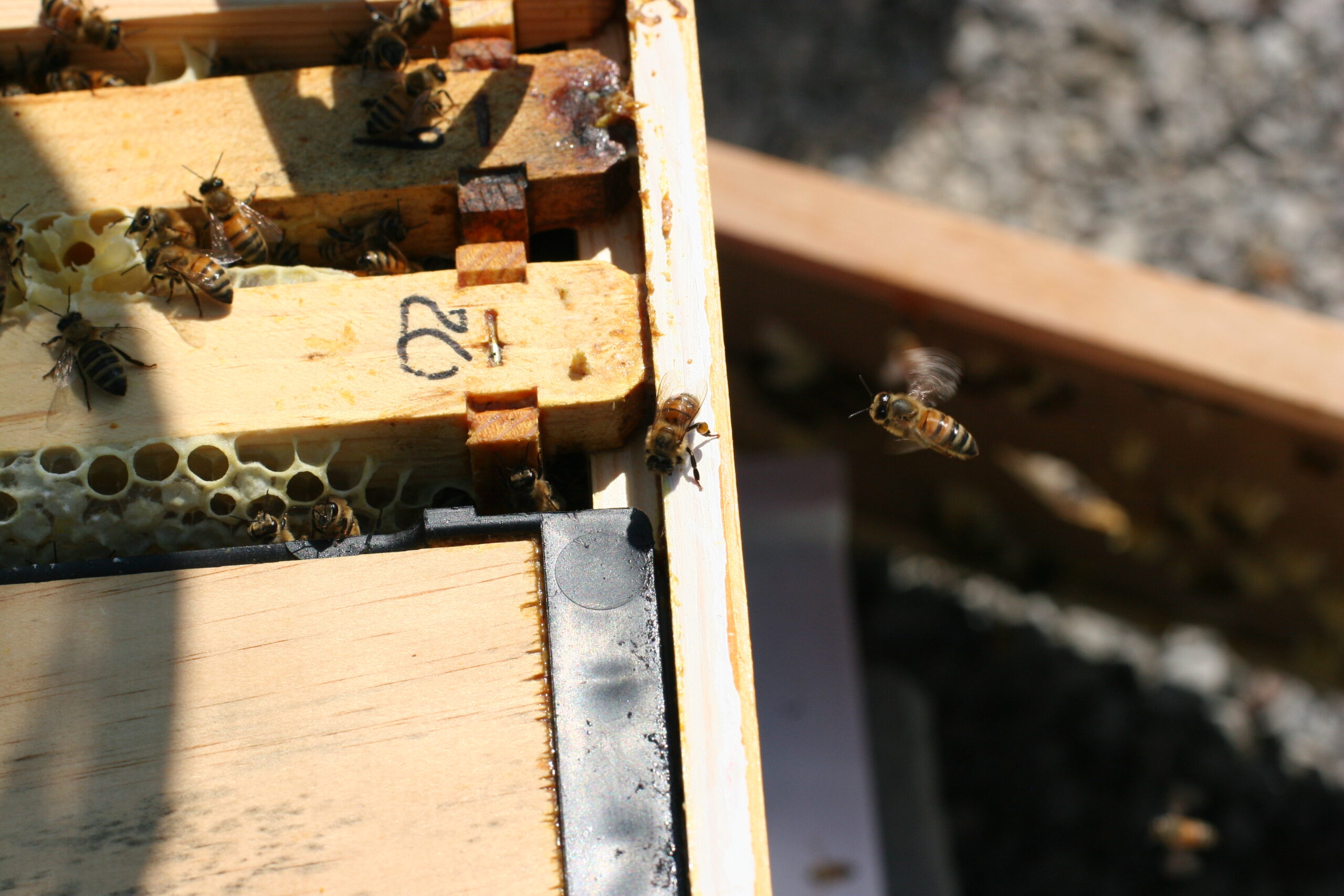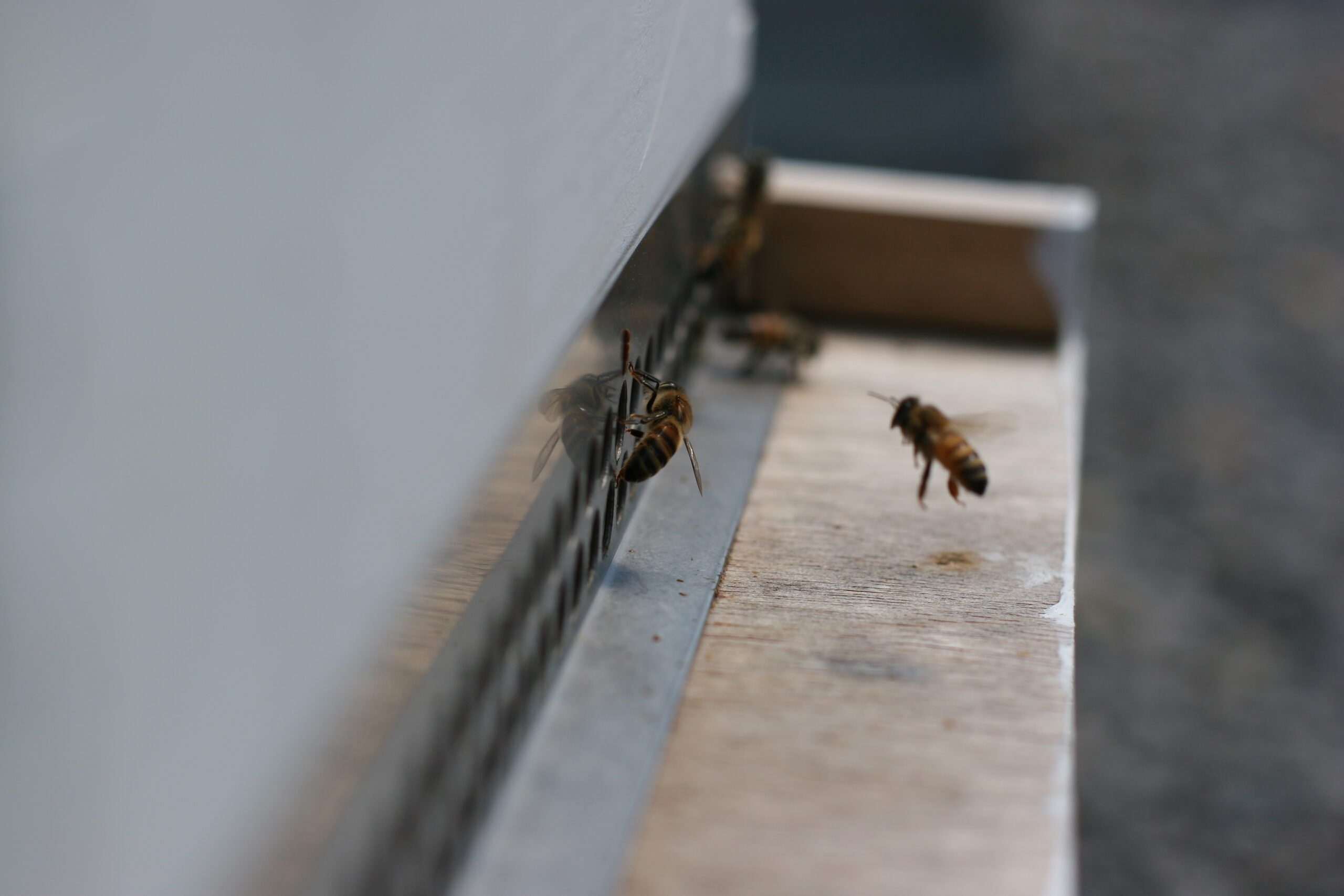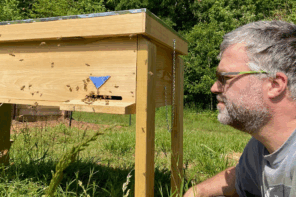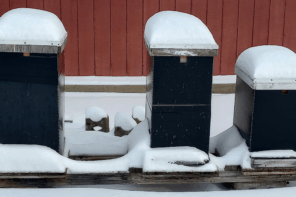Click Here if you watched/listened. We’d love to know what you think. There is even a spot for feedback!

What’s Your Diagnosis?
By: Tracy Farone
Many things can kill honey bee colonies and often times “the” cause is multiple stressors occurring at the same time or accumulating over time. “What is killing our bees?” has been a conundrum in the beekeeping industry for decades, which can lead to despair, economic stress and loss, panic and even misinformation throughout the industry and general public. Learning how to accurately diagnose honey bee colony loss is a vital tool in taking care of one’s own apiary, as well as providing the most accurate information for the industry at large. It is always better to look for a plausible answer than assume some new bee boogeyman got our hive.
Diagnosis is a systematic, scientific process that can be learned. First, understanding what is normal and then, recognizing what is abnormal, are critical to being a successful beekeeper. Possessing the knowledge to generate a differential diagnosis list to explain the observed abnormalities and then making a conclusion as to what is/are the most probable cause or causes is the final key in an accurate diagnosis. It is a process detectives and doctors employ to attempt to solve any case. I thought it would be helpful to share a series of real-life case studies that I have personally encountered and diagnosed. The following case occurred in April 2025. While April and June are completely different worlds seasonally in beekeeping, hive loss can occur at any time of the year. Always be ready to investigate!
SOAPing
In medicine, the acronym “SOAP” is used when working up and writing up a case. S= Subjective information, O=Objective Information A=Assessment (Diagnosis, Prognosis) and P=Plan (Treatment, Prevention, other actions to employ). I will use this format to present this month’s case and any future case studies.
S: Subjective information provides background and contextual information, a short “history” related to the case.
As I write this, in Pennsylvania, we are still very much in the Spring turnover. This is a critical time of year for the bees and the weather has not been particularly kind. While it is typical to have up and down weather in the Spring in Western PA, this Winter has been an old-fashioned long and cold Winter with bitter cold spells and many up and down temperature cycles. At mid-April, it is still snowing, which makes it difficult for the bees to forage precious Spring blooms and for me, as the beekeeper, to even perform a thorough hive assessment.
However, during a rare warm day in March, my students and I were finally able to accomplish the first Spring/clean out inspection of all hives at our teaching apiary. This Spring clean out had several goals and evaluations:
- checking the bees’ population strength
- determining the presence of brood and queen status
- assessing the amount of stores
- evaluating the use of white sugar and pollen patty supplementation in place
- removing any unused boxes/frames
- scraping off old wax from frames/boxes
- scraping and cleaning out the bottom board
After evaluating the first two pleasantly strong, queen-right hives, one of my students exclaimed “Look a drone!” Sure enough, there was a single drone bumbling around the big hive. While this was a bit unusual for the time of year, I did not think much of him until we started our clean out of the third hive…our case study at hand. This third hive appeared strong in the Fall, had a managed mite count, and received OA vaporization treatments in November/December.
O: Objective information involves all the hard facts of a hive exam, and any clinical signs of disease noted during the exam.
In the case of the third hive:
- The external exam noted forager activity at the entrance.
- The hive consisted of four, ten frame boxes, 3 mediums with a deep on the bottom.
- White sugar and pollen supplement were present under a top feeding shim and had been partially utilized by the bees.
- The top two supers contained partial to light honey stores. Few bees were present in these boxes.
- The third medium revealed a relatively small population covering 2 frames of only drone brood in the center of the frames. A few old partial queen cells, center frame were noted.
- Many adult drones were present in the hive.
- The deep contained some pollen and bee bread stores, but few bees and no brood.
- No worker brood was present, and no queen was found.
- The bottom board contained a handful of dead bees.
A: So, what is your diagnosis? What is the cause of hive three’s clinical signs? What is the prognosis for this hive? Is this hive a danger to other hives in the yard?
Try to consider the possibilities before reading on.
This is a drone layer hive due to some kind of queen failure. It can be caused by a dead, virgin or insufficient queen. Either the queen could not or no longer lay diploid eggs to produce worker brood, or she died and could not lay eggs at all. In the absence of a laying queen and her pheromones, workers will start to lay eggs. Workers are only able to lay haploid eggs, which produce only drones.
Since no queen was found, I cannot be absolutely sure when or why the queen failed, died and/or was killed. It is possible the colony tried to supersede the queen too late in the Fall season and any produced virgins failed to return or get mated properly. The still present queen cells are a clue to this possibility. Evidently, as a previous strong colony, the colony had enough resources to hold it together until the critical Spring turnover.
Either way, the prognosis for this hive is poor. It is the walking dead. Without a mated and laying queen the hive will soon collapse. The good news is that this is not a contagious, infectious problem. Except for the annoyance of our little drifter drone entering other hives, increased disease transfer risk is not a concern for this diagnosis. While the colony is a loss, the good news is it can be safe to transfer bees, comb and resources to another hive.
P: So, what can we do in this situation? What treatments, preventions or actions can be done?
While this was a colony “loss”, it is not total, as some hive resources could be preserved, and it also created a wonderful opportunity to thoroughly remove and scrape the wax off of comb older than 3-5 years. We also removed and scraped the frames with drone brood. This brood has been produced by a pheromonally “sick” hive, so it should not be added to another hive. Drone brood also can harbor and propagate more varroa mites. All other drawn comb was either saved or added to other hives as resources. The remaining bees of the hive were shaken from the frames to intermingle with other hives in the yard. If these bees were allowed to join another hive, great, if not, they were at least given the opportunity of proximity with any possible laying workers and drones diluted. Notes were made in the apiary records of the findings.
Some may ask if we could have requeened this hive. Perhaps, but drone laying hives are often too far gone to make it worth the attempt and cost of a new queen. Mated replacement queens are also not in abundance at this time of year.
During the active beekeeping season, prevention of drone laying hives involves regular hive inspections to check on the queen status and brood status. However, during the long Winter months, unseen events may occur and be out of our hands, as it can be difficult, impossible, and/or certainly unadvisable to inspect colonies. Well, at least we know it was not the boogeyman.


